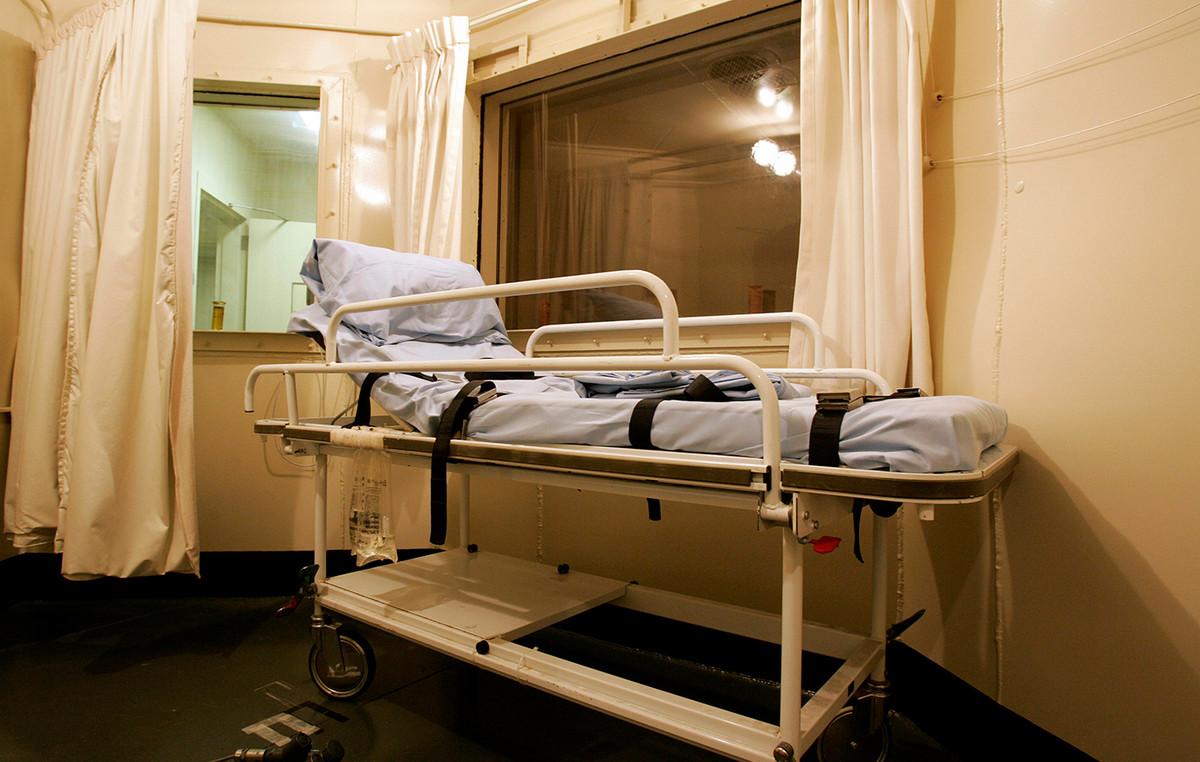Ringing in the ear can manifest as an acoustic sound in the form of hissing, clicking, pulsing and other noises. Sound perception without correlation with real external noises is considered a symptom of a precondition and not a disease. The severe form can lead to hearing loss, impairing quality of life.
A large study, published this Monday (8) in the scientific journal JAMA Neurology, points out that tinnitus affects more than 740 people worldwide. Of that total, more than 120 million have a severe form of the condition.
The researchers suggest that estimates place tinnitus in an order of magnitude similar to leading causes of disability, such as hearing loss, migraine, lower back and neck pain.
How the analyzes were performed
The research group mapped more than 700 scientific articles on the topic, published between 1972 and 2021. Prevalence estimates were taken from 83 articles and data on incidence were collected from another 12 studies.
Based on this information, experts have estimated that the annual incidence of tinnitus is approximately 1%, with 14% of adults having some tinnitus and 2% suffering from a severe form.
The prevalence of the condition showed no differences between men and women. However, the increase was associated with advancing age: while 10% of young adults had some type of tinnitus, 24% of the elderly showed signs of the problem.
The researchers say that evidence on the frequency of tinnitus in the general population is still sparse. Difficulties in obtaining adequate data are due to the multifactorial causes of the problem, associated disorders, various symptom characteristics and the subjective nature of any tinnitus assessment.
“This study suggests that the global burden of tinnitus is large, similar to migraine and pain, and the lack of effective treatment options warrants a large investment in research in this area,” the authors say.
multifactorial causes
According to the Ministry of Health, possible causes for ringing in the ear include excess earwax, infections and damage to the hearing aid.
In addition, other factors that are apparently unrelated to the auditory system can give rise to the symptom, such as spinal deviations, cardiovascular changes, diabetes, jaw joint dysfunction and excessive consumption of caffeine, alcohol and tobacco.
Treatment depends on the source of the symptom. When associated with hearing loss, patients may benefit from the use of an amplifying device.
When the problem is not due to hearing loss, it is necessary to identify the cause. In the difficulty of finding the origin, specialists seek to identify the elements that trigger or worsen the discomfort.
Alcohol, salt, sweets, chocolate, caffeine and nicotine are common triggers, but there is not always a trigger. When no triggers are found, some medications may work.
Source: CNN Brasil







